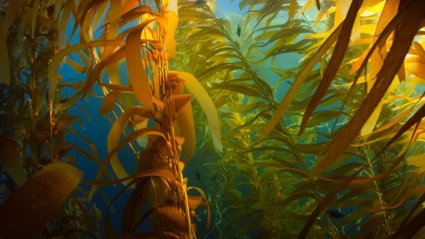
Lesson three: Practical task
Measuring Quality of Life
Key questions
How can we measure “Quality of Life”?
How can we compare people & places to measure “Quality of life”?
Background
From the researchers:
“The fact that we were women and approached the coasts by sea kayak enabled us to access areas that were frequently overlooked because they are not accessible by larger craft, and enabled us to engage differently with our respondents. Our kayaks created connections through their initial similarity to local canoes, and we were instantly welcomed on that basis. The men, however, were fascinated by the boats, whilst the women were interested in us. We were warmly welcomed into their lives and respondents were immediately open to our questions about coastal lives and livelihoods. The kayaks, like local canoes, became a symbolic representation of liminal living, and a research tool that ‘worked’ to open up new ways of doing expedition geography.”
Finding out a person’s Quality of Life is difficult to do as asking a person how happy they are is very personal, as well as very subjective. Using Standard of Living Indicators is not much easier as, again, the information is personal and interpreting the data tricky. The Hugging the Coast researchers gave themselves the best chance of finding out the information they wanted by picking their methodologies very closely (interviews and travel by sea kayak).
In the previous lessons students have analysed Quality of Life and Standards of Living through the use of photographs, video and in depth interviews. In this lesson students will take those skills and use them to contrast different ways of life.
Starter
Students work in pairs. Student one is given a card containing one of the definitions from the glossary. Student two asks questions to the first student to find out what their definition is. The two students then swap over.
Main Activity
Students are put into groups and set the challenge of discovering the Quality of Life of the other people in the class. They are then to compare their findings with the Quality of Life for the people in the expedition area.
-
Ask students to think about different indicators which could be used to measure quality of life. (more able students should be able to distinguish between social, economic, environmental, political indicators)
-
Use photos/text from across this set of resources to compare quality of life in Indonesia with the students’ lives
-
Investigate how, and the reasons why, men and womens’ quality of life may differ
Task: Students could complete a comparison table.
Homework
Write a summary report comparing different measurements of quality of life between student’s home area and Indonesia.
